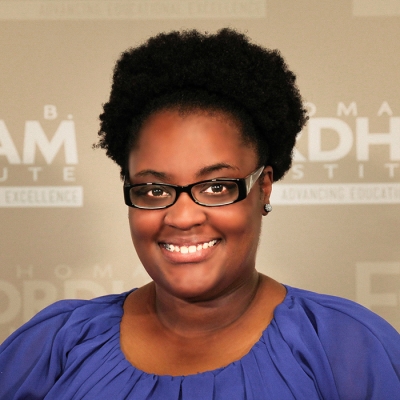Despite its age, this 2014 study examining high-achievers’ lack of reading growth during the school year is still relevant today—especially during summer vacation.
Researchers examined differences in reading growth between high-achieving and average-achieving students during the school year and the summer. They used student scores on the Measures of Academic Progress (MAP) assessment, which is administered twice during each school year and tests skills such as reading comprehension and word association.
Using national and local norms to identify high-achievers, the analysts used a sample comprising two thousand schools with 171,380 students. They tracked each from the beginning of grade three until the start of grade six, looking at their scores on seven tests from fall 2006 to fall 2009. Students were excluded if they missed a test or changed schools during the observation years. Approximately eight hundred schools and forty-thousand students met the criteria.
The key findings: Reading growth among average-achieving students was rapid from September to June, but it slowed down as the year went on and virtually halted over the summer. High-achievers saw less growth than average students did during the school year, yet that rate remained almost constant during the summer (meaning they didn’t experience the drop-off that average achievers did). And this held for high-achievers attending both moderately high- and low-SES schools.
The limitations of the study are important to note. It does not account, for example, for student-level socioeconomic status—only school-level. Summer and school learning was confounded because testing was not conducted on the first or last day of school. The number of students decreased in the initial screening process. And the sample was not representative of students in the United States. The biggest limitation was that the study could not account for whether students took part in educationally enriching programs during the summer.
The results suggest that classroom instruction and/or attention may be lacking for high-achievers. And as my colleague Robert Pondiscio argues, it might also reinforce the cultural components of language proficiency—including the idea that the smarter you are, the more likely you are to build language proficiency in everyday interactions. The words “high-achievers” and “underserved” do not typically go in the same sentence, but these findings suggest that they ought to.
SOURCE: Karen E. Rambo-Hernandez and D. Betsy McCoach, “High-Achieving and Average Students’ Reading Growth: Contrasting School and Summer Trajectories,” The Journal of Educational Research (2015).
